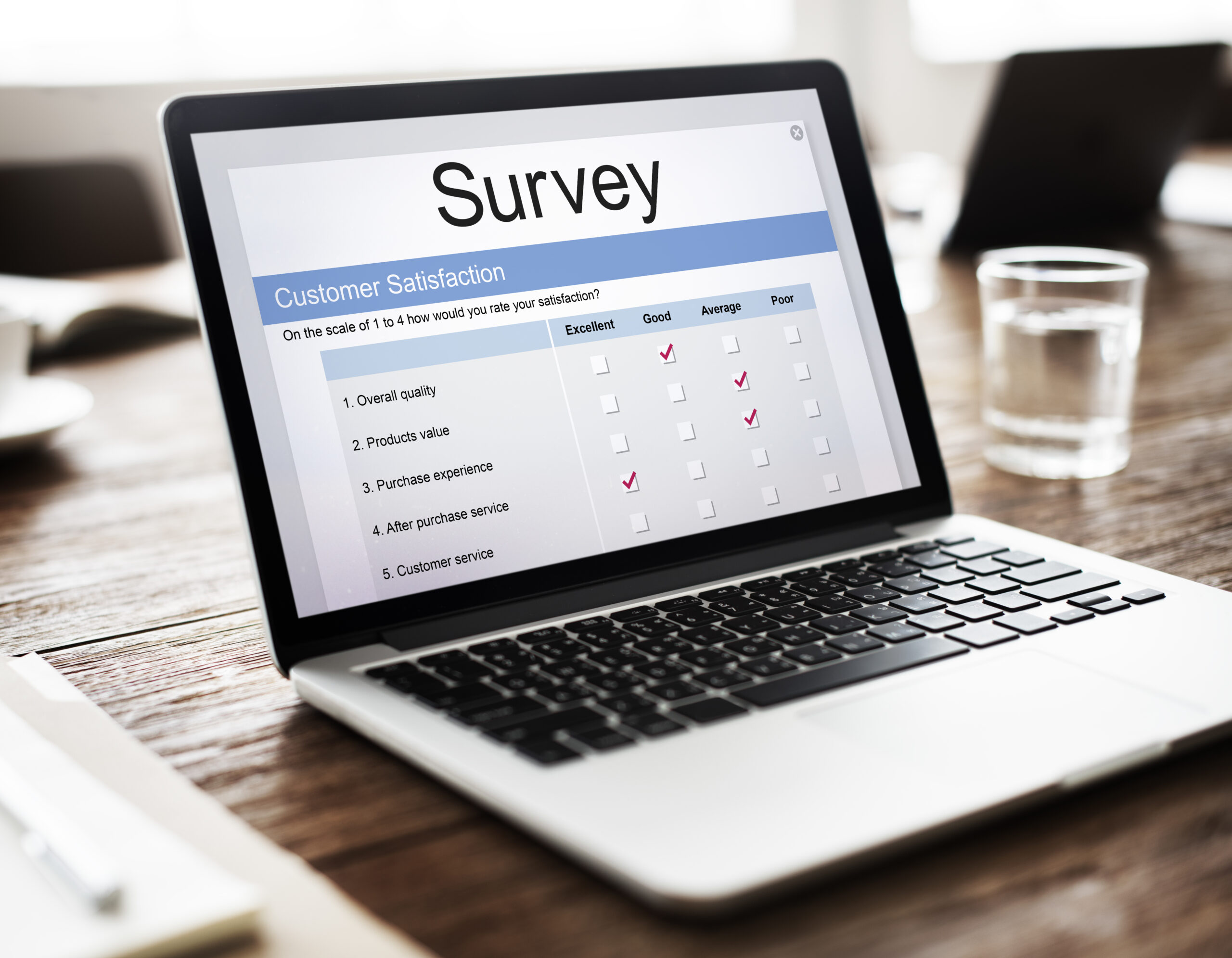In today’s competitive market, the businesses that thrive are those that truly understand their customers. A customer experience survey is not just a feedback tool, it is a strategic asset that enables organisations to identify strengths, address weaknesses, and adapt to evolving customer needs. With the right customer experience survey tool, companies can measure satisfaction levels, strengthen loyalty, and ultimately drive sustainable business growth.
Understanding the Value of Customer Experience
Customer experience (CX) encompasses every interaction a person has with your business, from the first website visit to post-purchase support. It is the sum of these moments that shapes a customer’s perception of your brand. Positive experiences increase loyalty, encourage repeat business, and generate referrals. Poor experiences can result in lost customers and negative reviews that harm your reputation.
This is why measuring and understanding the customer journey is critical. A well-designed customer experience survey provides the insight required to take action, ensuring customers feel heard and valued.
Why Businesses Need a Customer Experience Survey Tool
Manually collecting and analysing customer feedback can be time-consuming and inefficient. A customer experience survey tool streamlines this process, allowing businesses to design surveys, gather responses, and generate actionable reports quickly.
Key benefits of using a customer experience survey tool include:
- Real-time insights – Access feedback as it is submitted, enabling immediate action on critical issues.
- Customisable formats – Tailor survey questions to align with your brand and customer journey.
- Data segmentation – Break down feedback by demographics, purchase history, or engagement level for targeted improvements.
- Integration capabilities – Connect survey results with CRM and analytics tools to gain a holistic view of customer behaviour.
Measuring Customer Satisfaction
A customer satisfaction survey is one of the most common and effective forms of CX measurement. It typically asks customers to rate their satisfaction with specific aspects of a product, service, or overall experience.
These surveys can be transactional, focusing on individual interactions such as a support call, or relational, assessing the ongoing relationship between customer and brand. By tracking satisfaction scores over time, businesses can identify trends, monitor the success of improvement initiatives, and predict potential churn.
From Feedback to Action
Gathering feedback is only the first step. The true value of a customer experience survey lies in how the results are used. Businesses that act on survey findings demonstrate a commitment to customer needs, which fosters trust and loyalty.
Common actions include:
- Improving customer support processes based on common complaints.
- Enhancing product features to better meet expectations.
- Adjusting delivery timelines or communication methods for convenience.
- Providing additional training to staff in areas impacting customer satisfaction.
When customers see their feedback directly influencing changes, they are more likely to engage with future surveys and remain loyal to the brand.
Driving Growth Through Customer Insight
A business that understands its customers can make more informed decisions, which leads to growth. Insights from customer experience survey tools can uncover untapped opportunities, such as identifying demand for new products or services, spotting underserved markets, and refining marketing strategies for greater impact.
In addition, consistently high satisfaction scores can be used in marketing campaigns to attract new customers, while improvements in CX can reduce churn rates and boost lifetime value.
Best Practices for Customer Experience Surveys
To maximise the effectiveness of your customer satisfaction survey, consider the following best practices:
- Keep it concise – Customers are more likely to complete shorter surveys that focus on relevant questions.
- Use a mix of question types – Combine rating scales, multiple-choice, and open-ended questions to capture both quantitative and qualitative data.
- Time it well – Send surveys soon after an interaction to ensure feedback is fresh and accurate.
- Close the loop – Follow up with customers to share how their feedback has been used to make improvements.
Why Choose SurveyManager®
SurveyManager® offers robust survey tools that are ideal for organisations looking to enhance their CX measurement capabilities. Designed for scalability and security, our survey software allows you to create fully customised customer experience surveys tailored to your brand’s unique needs.
With advanced reporting features, integration options, and the ability to handle large-scale data collection, SurveyManager® empowers businesses to transform feedback into meaningful action. Whether you are running a quick pulse check or a detailed customer satisfaction survey, our platform ensures that your insights are accurate, actionable, and easy to interpret.
Measuring the pulse of your customers is no longer optional, it is essential for growth. By using a powerful customer experience survey tool, you can identify what your customers value most, address their concerns, and continually refine the experiences you deliver.
When customer satisfaction becomes the foundation of your business strategy, growth is a natural result.
Start building stronger customer relationships today with SurveyManager®. Discover how our survey software can transform your customer insights into measurable business success. Get in touch with us here.







